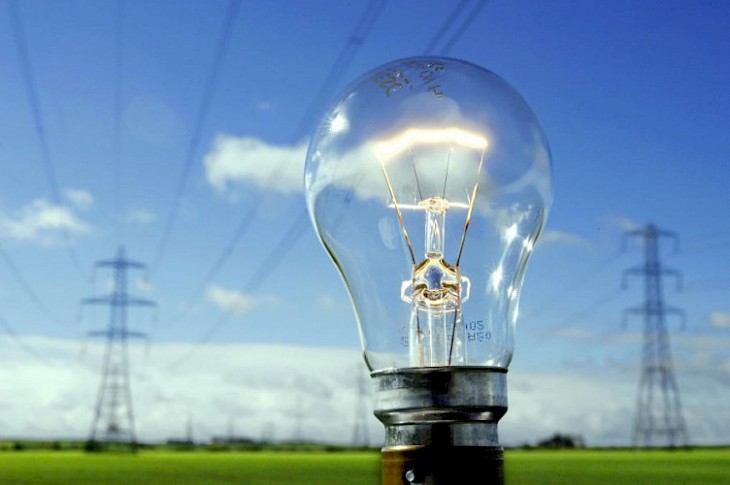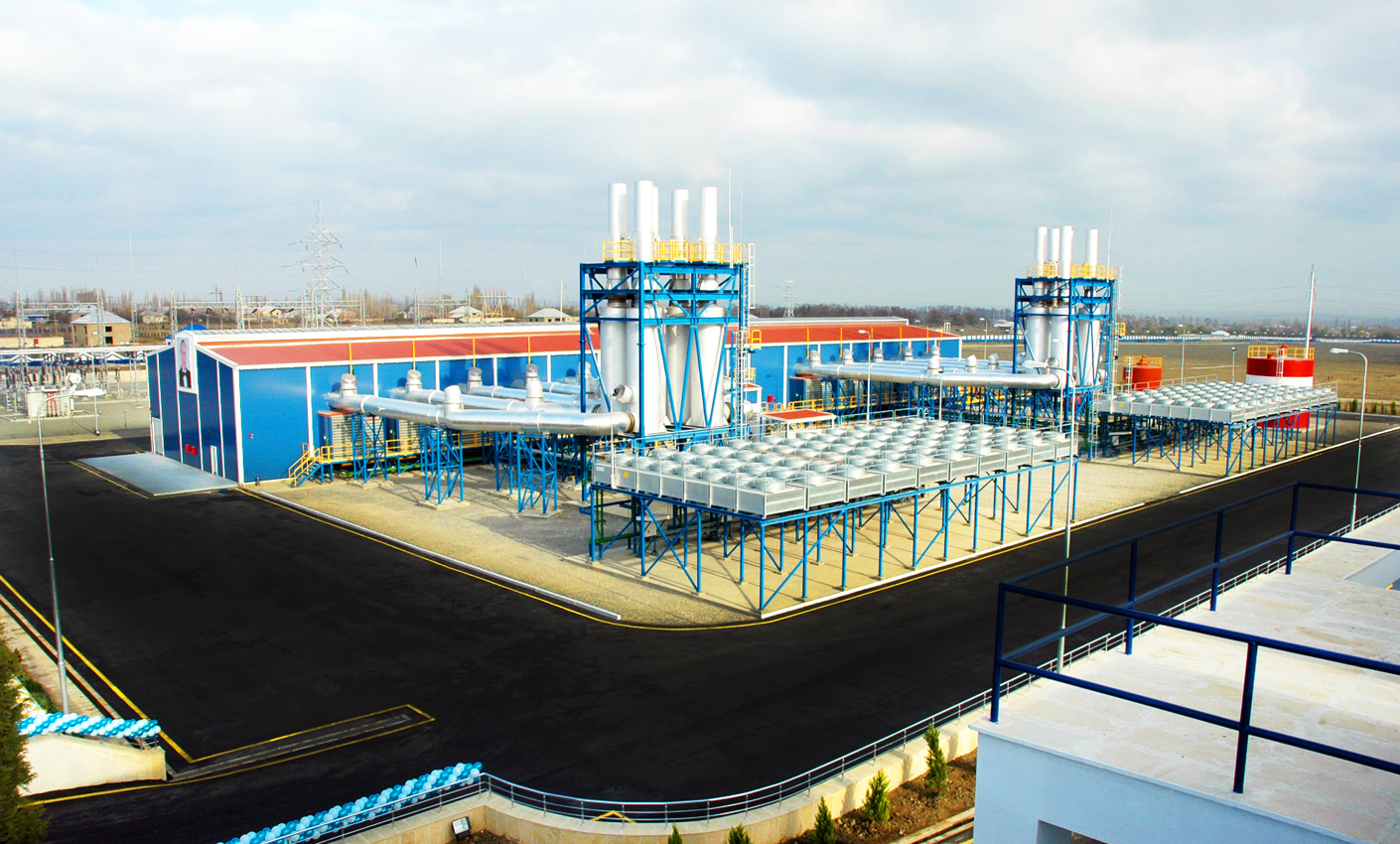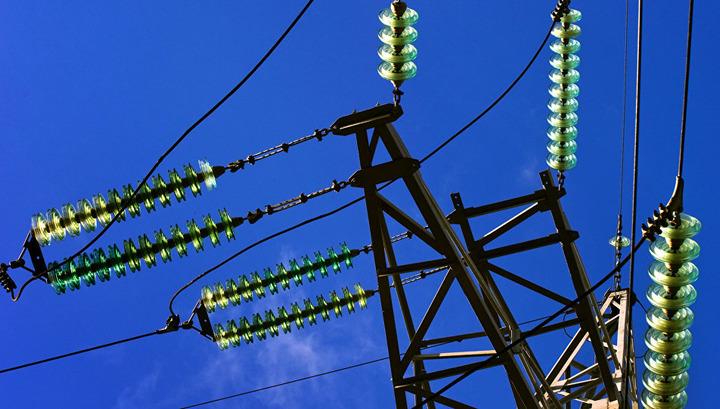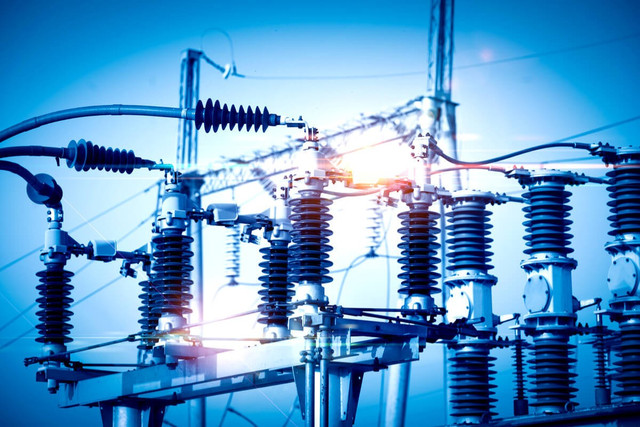- Main page
- Electric Power Engineering
The First Stage in the Development of Electric Power Engineering
The history of electric power engineering in Azerbaijan dates back to the 19th century. In 1897, for the first time, a 550 kW power plant was built in the oil region of Baku by the Nobel brothers. In 1901, Bibiheybat power plant, with a capacity of 2000 horsepower, went operational. Then in 1902, in the Black City (now the White City) another 2000 horsepower power station began its operations. In 1913, Baku produced 109,800 kWh of electricity, of which 95% was used by the oil industry, and only 5% for the country’s lighting.
On the eve of the First World War, the total capacity of two large power plants of the Joint Stock Company, Electric Power, was 45.7 MW. The capacity of the largest of these stations - the one in Black City - was 34.4 MW. After the Revolution in 1920, a few power plants were nationalised. The nationalised energy enterprises included two thermal power plants in the Black City and the Bayil area and a distribution network with an output of 0.4-2.0kW. The commissioning of three turbo aggregates, 20 MW each, in Bayil and in the Black City, the reconstruction of existing power plants and the switching of power plants to gas-fired were intended for the complete electrification of oil extraction and refining in the Baku region.
Sheki Hydroelectric Power Station, with a capacity of 1660 kW, was intended for the development of the silk-weaving industry. In connection with the construction of a canning plant in Guba, the construction of the hydroelectric power station with the capacity of 1152 kW began. Zurnabad and Gusar hydroelectric power stations were built and went into operation at the same time. By 1935, the total capacity of power plants reached 176.6 MW, with a production of electricity up to 937,000 kWh. In the same year, the country's main energy department, Azerenergy, was created, with all energy enterprises operating in the country subordinated to it.
The drilling and exploitation of deep oil wells in the 1940s necessitated the commissioning of new power facilities. During these years, the Krasin State District Power Station named in Bayil district and the Red Star Thermal Power Station (now Baku Bayramzadeh Power Plant No. 1) were commissioned. By 1940, the capacity of all existing power plants in the country reached 250 MW, and the production of electricity to 1.7 billion kWh. In 1941, the first Sumgayit thermal power station was commissioned in Azerbaijan.
Transition to a system of purposeful use of water and energy resources in Azerbaijan is related to the construction of the Mingachevir water junction. In 1954, Mingachevir Hydroelectric Power Station, which was constructed over the Kur River, was put into operation. Three years later, the Varvara Hydroelectric Power Station began operations. Located 14 km downstream and with a capacity of 16.5 MW, the station operates as a water consumption regulator on the water from the Mingachevir Hydroelectric Power Station. In April 2017, with the participation of the President of the Republic of Azerbaijan, Ilham Aliyev, the Varvara Hydroelectric Power Station was put back into operation after reconstruction.
The first stage of Shimal State District Power Station, with a capacity of 168.8 MW, was put into operation in 1954. In 1960, this power station was commissioned for the first time in the USSR with a power unit of 150 MW. In 1962, the 11th turbine section of Sumgayit Thermal Energy Center No. 1 was put into operation, giving the power station a capacity of 450 MW.
In 1959,, the construction of Ali-Bayramli State District Power Station (now Shirvan Thermal Power Plant), of which major equipment was installed in the open air for the first time in Europe, began in Ali-Bayramli city. Commissioning of the first stage of the four-unit power station, with a capacity of 150 MW each, not only met Azerbaijan's demand for electricity but also created an opportunity to transmit 1.7 million kWh of electricity to the South Caucasus republics in 1964-1965.
At the same time, the construction of Sumgayit Heating and Electrical Center No. 2 started to meet the growing demand for heat and electricity in the Sumgayit industrial district. The first turbine section was put into operation in 1966 and the last in 1972, making the total capacity of the station 220 MW.






